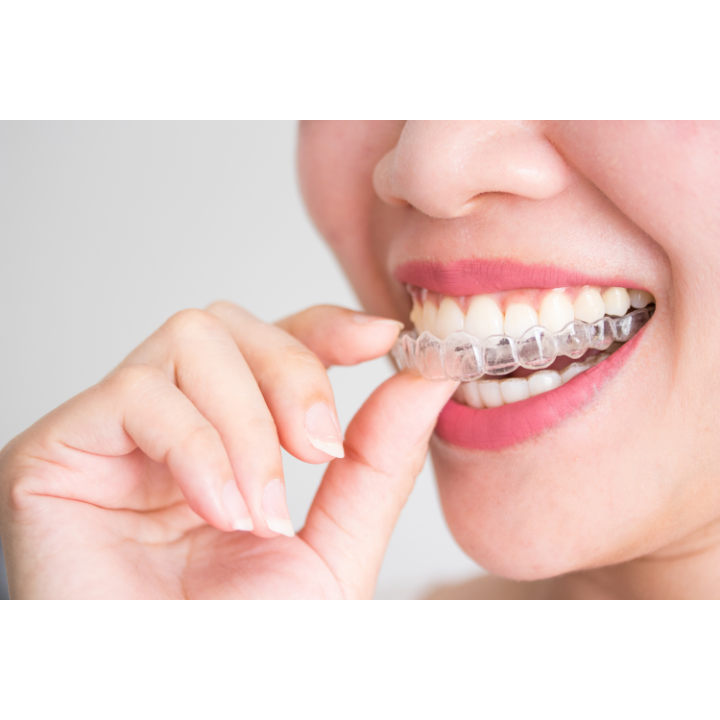How Does Invisalign Work?
by siteadmin

Invisalign is a popular choice for many adults and teenagers looking to straighten their teeth without wearing metal braces. The aligners are clear and designed to be less noticeable than the wires and brackets of traditional braces.
Like all orthodontic treatments, Invisalign can correct a variety of dental issues. But it's not a fix for everyone.
What is Invisalign?
Invisalign is a clear, comfortable alternative to traditional braces that can straighten your teeth and give you an attractive smile. It can be used to treat a variety of dental issues, including misaligned teeth, overbites, underbites and other bite problems. Invisalign is a relatively quick and easy way to correct these problems, but only if you use it correctly.
Invisalign consists of a series of transparent plastic aligners that shift your teeth into the proper positions. Each clear aligner has a different shape and is designed to move your teeth in a specific way. This can be done by tipping or pivoting the teeth, rotating them, pushing them into your gum or pulling them further out.
Each aligner is changed every one to two weeks, depending on your dentist's instructions. The longer you wear your aligner, the faster your teeth will move.
When you start treatment with Invisalign, your doctor will take a 3D image of your mouth using a scanner and create a customized treatment plan that will guide the movement of your teeth. Invisalign then uses this image to create a series of aligners that will move your teeth into the desired position over time.
During treatment, your Invisalign trays are removed only to eat, drink or brush and floss your teeth. This allows for proper oral hygiene and avoids food and liquid getting trapped in the aligners, which can cause tooth decay or gum disease.
You will visit your doctor every two to four weeks for check-ups and to have the trays changed. During this time, your doctor will make sure that the alignment process is progressing properly.
After your first visit, you'll receive your first set of Invisalign trays and will be able to see how your teeth will look with the new aligners. At your next appointment, your doctor will add some small "attachments" to your teeth that allow the trays to grip onto them and move your teeth.
These attachments may also help keep your trays in place, so that the aligners are more effective at moving your teeth. The attachments are tooth-colored and will match your teeth.
The attachments are made of smooth, flexible plastic that won't irritate your mouth the way metal brackets can, but will still be strong enough to hold your trays in place and shift your teeth into the proper position.
If you have more complex issues, your doctor may recommend a different treatment option. Additionally, if you have any type of tooth or gum disease, it is best to wait until these issues are well controlled before beginning Invisalign treatment.
Invisalign is a popular choice for many adults and teenagers looking to straighten their teeth without wearing metal braces. The aligners are clear and designed to be less noticeable than the wires and brackets of traditional braces. Like all orthodontic treatments, Invisalign can correct a variety of dental issues. But it's not a fix for…
Recent Posts
- Impact Orthodontics Sheds New Light on Orthodontic Care in Calgary
- Impact Orthodontics Sheds New Light on Orthodontic Care in Calgary
- The Art of Smile Enhancement: Exploring Aesthetic Transformations in Cosmetic Dentistry
- Exploring the Art and Science of Cosmetic Dentistry
- Transform Your Smile with Exceptional Teeth Whitening Services in Las Vegas
